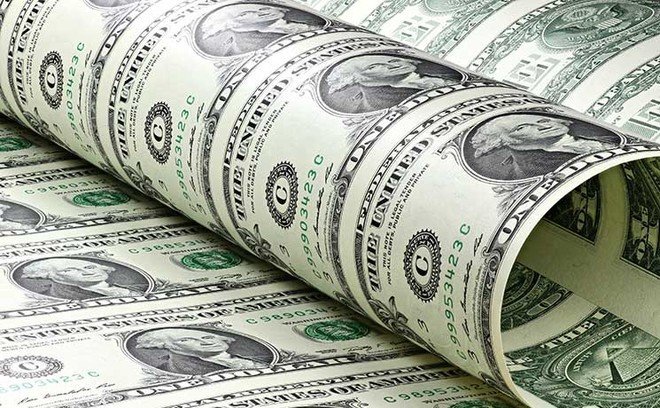U.S. Treasury bonds are being favored by overseas funds, Bank of America: Not a good sign

The detailed results of this month's 10-year US Treasury bond issuance show that the allocation of overseas funds has reached a record high.
The US Treasury Department’s August 11th Treasury bond issuance details released on Monday showed that of the 41 billion US dollars of bonds issued, foreign and international categories (including foreign official institutions) were allocated 15.4 billion US dollars, a record high. Their 38% share is the largest in a decade.
This week, U.S. Treasury bonds will usher in a new wave of issuance. Market participants will pay attention to the allocation ratio of indirect buyers to study and judge the possible demand patterns of foreign central banks.
This month's 10-year Treasury bond issuance also caught traders by surprise, because the winning bid yield was only 1.34%, which was more than 3 basis points lower than the market yield before the issuance. The difference between the two was the largest since July 2012.
There are many theories to explain the enthusiasm for US debt by foreign capital. One of them is that foreign central banks are the main buyers, because as the available U.S. Treasury bills decrease, foreign central banks are trying to re-allocate their foreign exchange reserves. The recent fine-tuning of the Fed's repurchase tools is also considered a possible driving factor.
The unexpectedly strong US Treasury bonds this summer also defeated everything else from small-cap stocks to commodities. In the eyes of Bank of America's technical team, this is a worrying signal.
As the precarious reinflation trade drags down small-cap stocks, the ratio between U.S. Treasury futures and the Russell 2000 Index has risen after hitting a historical low in March. Commodities are similar: due to the poor performance of copper and oil prices in the past few months, bonds have killed a carbine.
Bank of America said that in the past, when this ratio bottomed out, it usually meant that bond increases could be expected-possibly weakening risk appetite to the end of the year. This warning comes as the global number of new crown cases has surged, the effectiveness of the vaccine against variants of the delta virus has been questioned, and there is uncertainty about when the Federal Reserve will start to reduce the size.
Bank of America strategists Paul Ciana, Adarsh Sinha and Janice Xue wrote in Tuesday's report:
"This cross-asset dilemma casts a shadow on risk taking in the second half of 2021. The increase in the ratio indicates a trend towards safe asset rotation and/or rebalancing. This trend will continue while supporting factors still exist. "
After hitting a high of 1.77% at the end of March, the U.S. 10-year Treasury bond yield has fallen by nearly 50 basis points. Despite a series of unexpected inflation reports, the U.S. bond yield is still driven by the flow of safe-haven funds.
Falling yields helped large technology stocks regain their dominance. The Nasdaq 100 index rose more than 19% in 2021, and the Russell 1000 index rose nearly 12%.
Although Wall Street generally expects yields to rise before the end of the year, in the context of increased uncertainty, the flow of safe-haven funds limits the rate of increase in yields.



